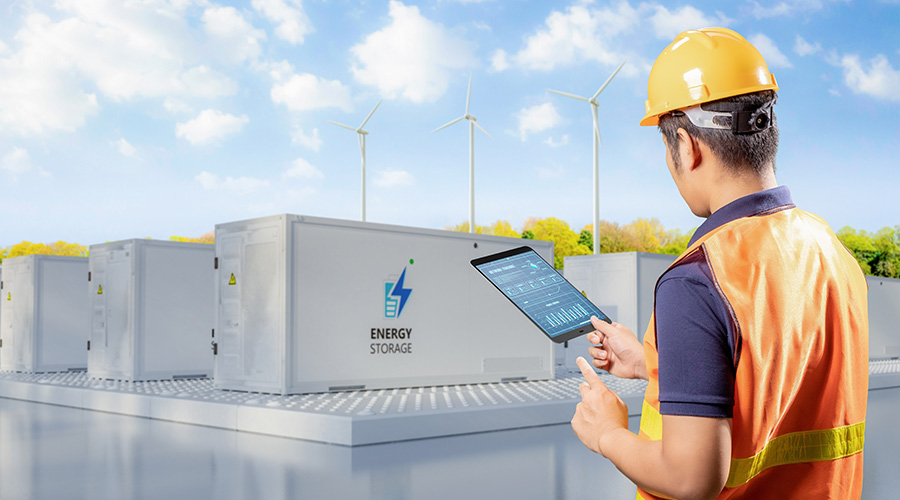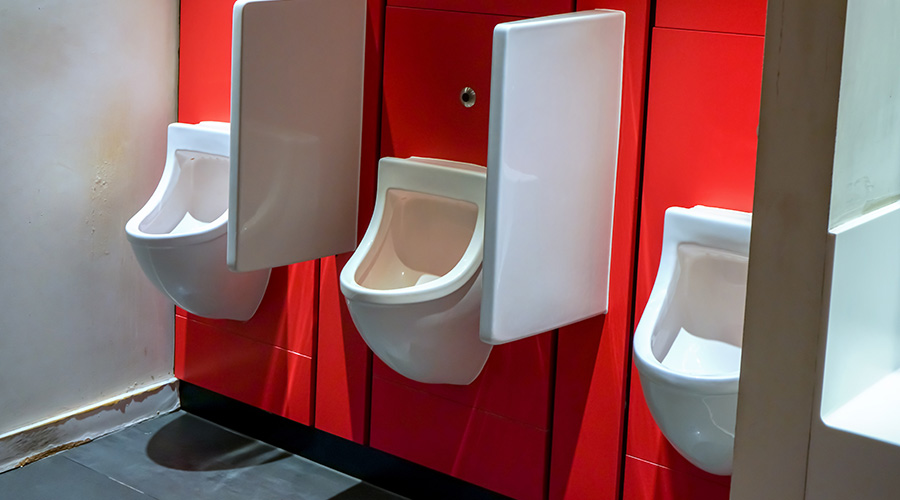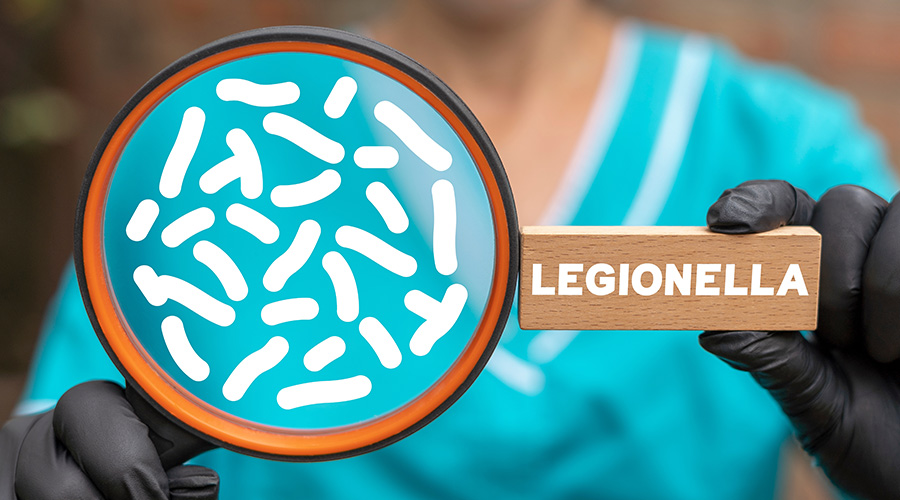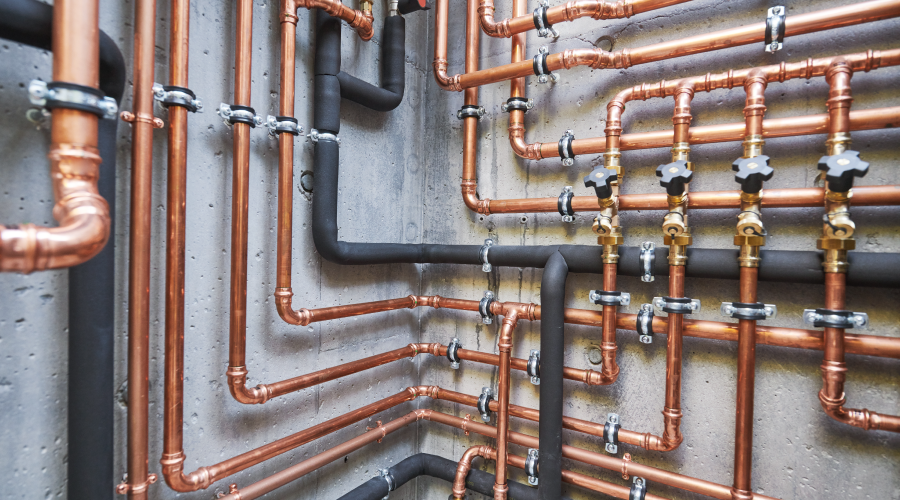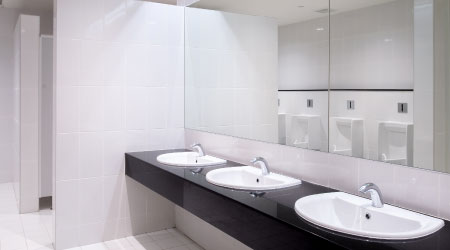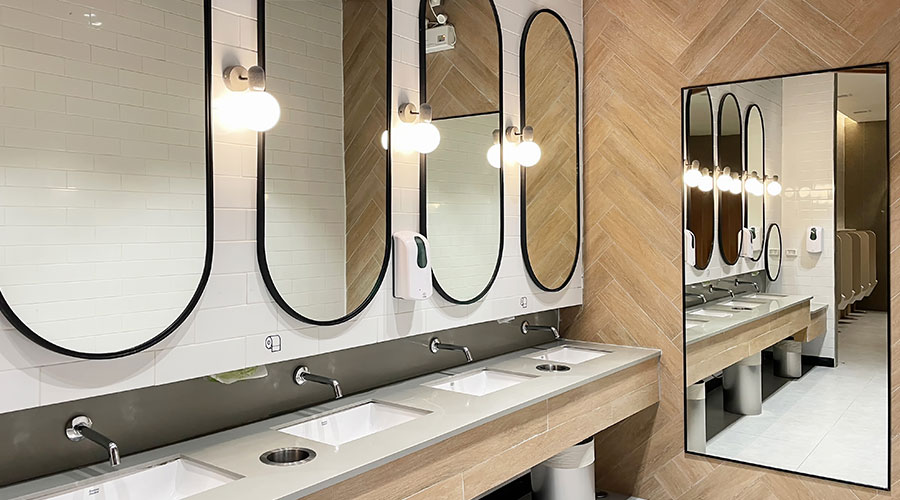3 Benefits of Waterless Urinals
Facility managers looking to reduce water or push sustainability initiatives should consider the technology to achieve their goals.
By Frank Rigas, Contributing Writer
Klaus Reichardt has heard all the reasons why waterless urinals would not be a good fit for public restrooms in institutional and commercial facilities.
“The psychological barriers were always, ‘Can it really work without water?’ and ‘What about the odor?’” says Reichardt, the CEO and founder of Waterless Co.
Reichardt squashes the theory that waterless urinals exude odors, so long as the products are properly maintained and cartridges designed to prevent smells are regularly updated.
The common misconception of “waterless urinals smell bad” does exist. But if facility managers can show users and facility executives can overcome that belief, the technology can prove to be an asset in many ways.
Sustainability goals
The average urinal is used three times a day during a standard eight-hour workday, running about 2 to 2.3 gallons per flush (gpf) according to Reichardt through numbers he compiled from the Environmental Protection Agency, Bureau of Labor Statistics and the Occupational Safety and Health Administration.
At that rate, waterless urinals can help achieve water saving goals. At these rates, facilities can save between 30,000 to 45,000 gallons of water a year, Reichardt says. Depending on where the facility is located, water use can cost facilities anywhere from about $14 to $44 per 1,000 gallons.
For facility managers who are pressed to reduce water use, waterless urinals provide an appealing option.
“We feel like waterless options are specialty items that work great when they building owner has a significant need to minimize their water use, in which case the additional maintenance and non-standard cleaning materials are offset 100 percent by the water savings,” says Dan Danowski, product manager, Zurn Finish Plumbing.
Maintenance savings
Waterless urinals are not entirely maintenance free, as cartridge changes are required, and cleaning is also necessary for sanitary purposes as regular urinals need. But where departments can experience big savings is on flush valves, which often need replacing or repairing due to age or vandalism.
“You do not have the inventory for flush valve repairs,” Reichardt says. “Costs for a hand-activated flush can run $80 to $90, and then most everybody has gone to electronic or battery-operated flush valves, and they run up to $800.”
Helping with hygiene
Touchless products are growing in popularity in institutional and commercial facilities, and since waterless urinals lack flush valves, they add value to that approach.
“When maintained, waterfree urinals do offer an extremely sanitary and hands-free option that can save water in commercial restrooms but lack the cleansing washdown after each use,” Danowski says.
Reichardt also says waterless urinals can limit bacteria from accumulating on regular urinals.
“When you flush urinals, as with toilets, you have moisture, and moisture creates and helps bacteria to grow,” he says. “If you have dry surfaces, your bacteria count is way down so it’s more hygienic.”
Frank Rigas is a freelance writer based in Sheboygan, Wisconsin.
Related Topics:







